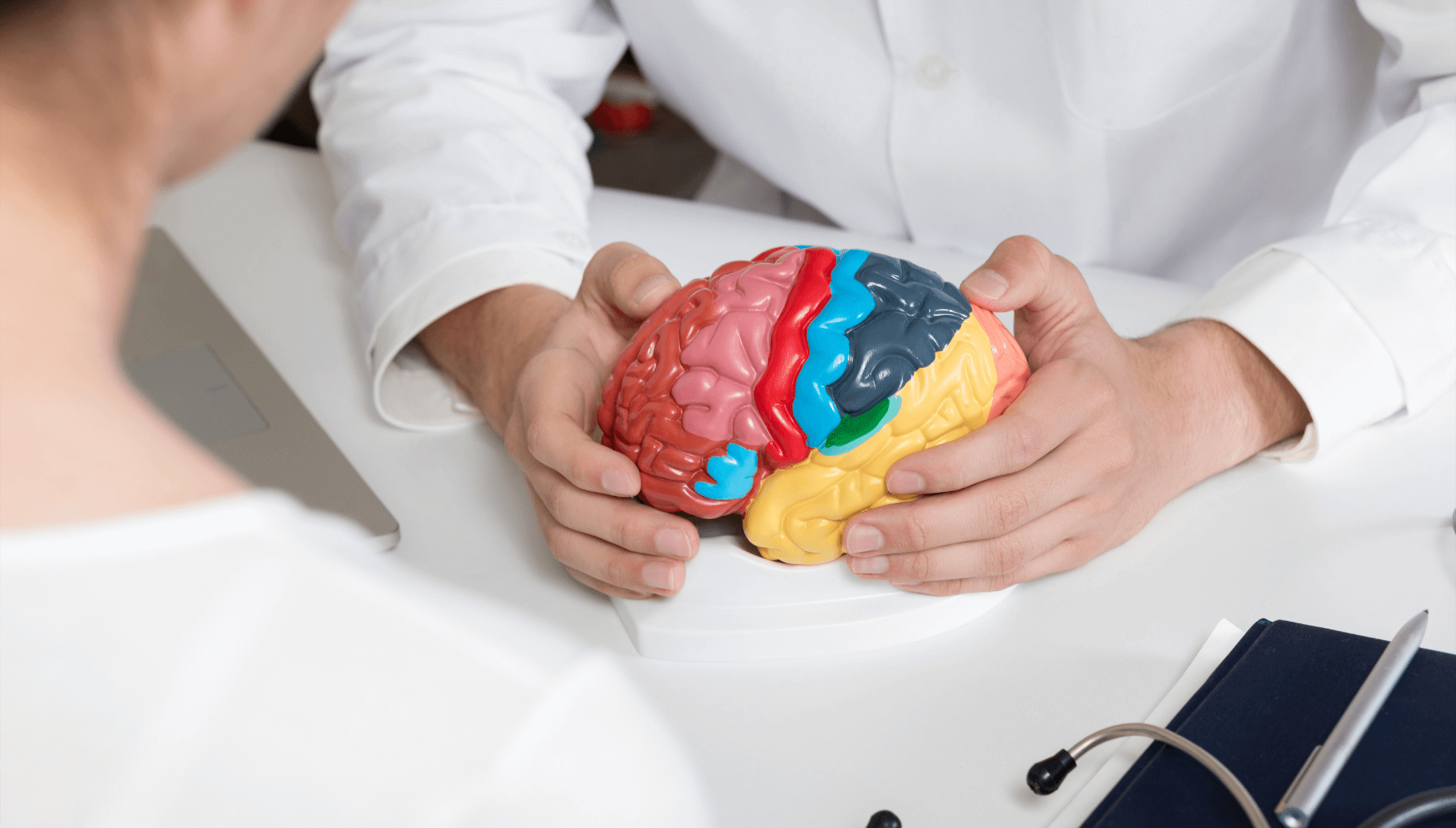
Understanding how your ears and brain work together begins with recognizing the marvel of sound waves. Sound waves travel through the air and enter your ear canal, setting off a complex process that involves multiple parts of your ear and your brain. This intricate system allows you to hear and interpret the world around you. By breaking down each step, you can better appreciate how your hearing system functions.
The Outer Ear’s Role in Capturing Sound
The process of hearing starts when sound waves hit your outer ear, also known as the pinna. The outer ear captures these waves and funnels them through the ear canal toward the eardrum. This part of your ear acts like a natural amplifier, enhancing the sound waves and directing them precisely where they need to go. Without this initial step, your ears wouldn’t be as effective at collecting sounds from your environment.
How Your Middle Ear Transforms Sound Waves
Upon reaching the eardrum, sound waves cause it to vibrate. These vibrations then travel through the three tiny bones in your middle ear, known as the ossicles. The ossicles consist of the malleus, incus, and stapes. They work together to amplify and transfer the vibrations from the eardrum to the inner ear. This transformation is crucial for the next stages of hearing, where sound waves are converted into signals your brain can understand.
The Inner Ear and Its Conversion Process
In the inner ear, specifically in the cochlea, the mechanical vibrations are converted into electrical signals. The cochlea is filled with fluid and lined with thousands of tiny hair cells. When the vibrations reach the cochlea, they cause the fluid to move, which in turn causes the hair cells to bend. This bending generates electrical signals that your auditory nerve then carries to your brain. This conversion process is vital for interpreting various sounds, from music to speech.
The Brain’s Role in Sound Interpretation
Once the auditory nerve carries the electrical signals to your brain, your brain takes over. Different parts of the brain are responsible for interpreting these signals, allowing you to recognize and understand what you’re hearing. For example, the auditory cortex helps you identify speech, music, and other familiar sounds. This intricate brainwork is what lets you make sense of the noises around you.
Coordination Between Ears and Brain
Both ears work together with your brain to provide spatial awareness and directional hearing. This coordination helps you locate where sounds are coming from, which is essential for navigating and understanding your environment. For instance, if someone calls your name from behind you, your brain can identify the direction and distance of the sound based on the input from both ears. This spatial hearing is an important aspect of everyday life.
Challenges and Hearing Loss
Unfortunately, various factors can disrupt this intricate hearing process, leading to hearing loss. Issues in any part of the ear or brain can affect how sound is processed and interpreted. Regular hearing health exams are crucial for detecting and addressing these problems early. By understanding how hearing works, you can take proactive steps to protect your hearing and seek appropriate treatment when necessary.
How to Improve Your Hearing Health
Wearing ear protection in noisy environments, avoiding prolonged exposure to loud sounds, and maintaining a healthy lifestyle can all contribute to better ear health. Attending regular hearing health exams can make a significant difference. These steps help prevent hearing loss and ensure that your ears and brain continue to work together effectively.
Supporting Your Hearing System
Encouraging them to speak clearly, reduce background noise, and be patient can greatly enhance your hearing experience. Creating a supportive environment helps you manage hearing challenges more comfortably. Talk to us today for more tips on how your loved ones can assist you.
